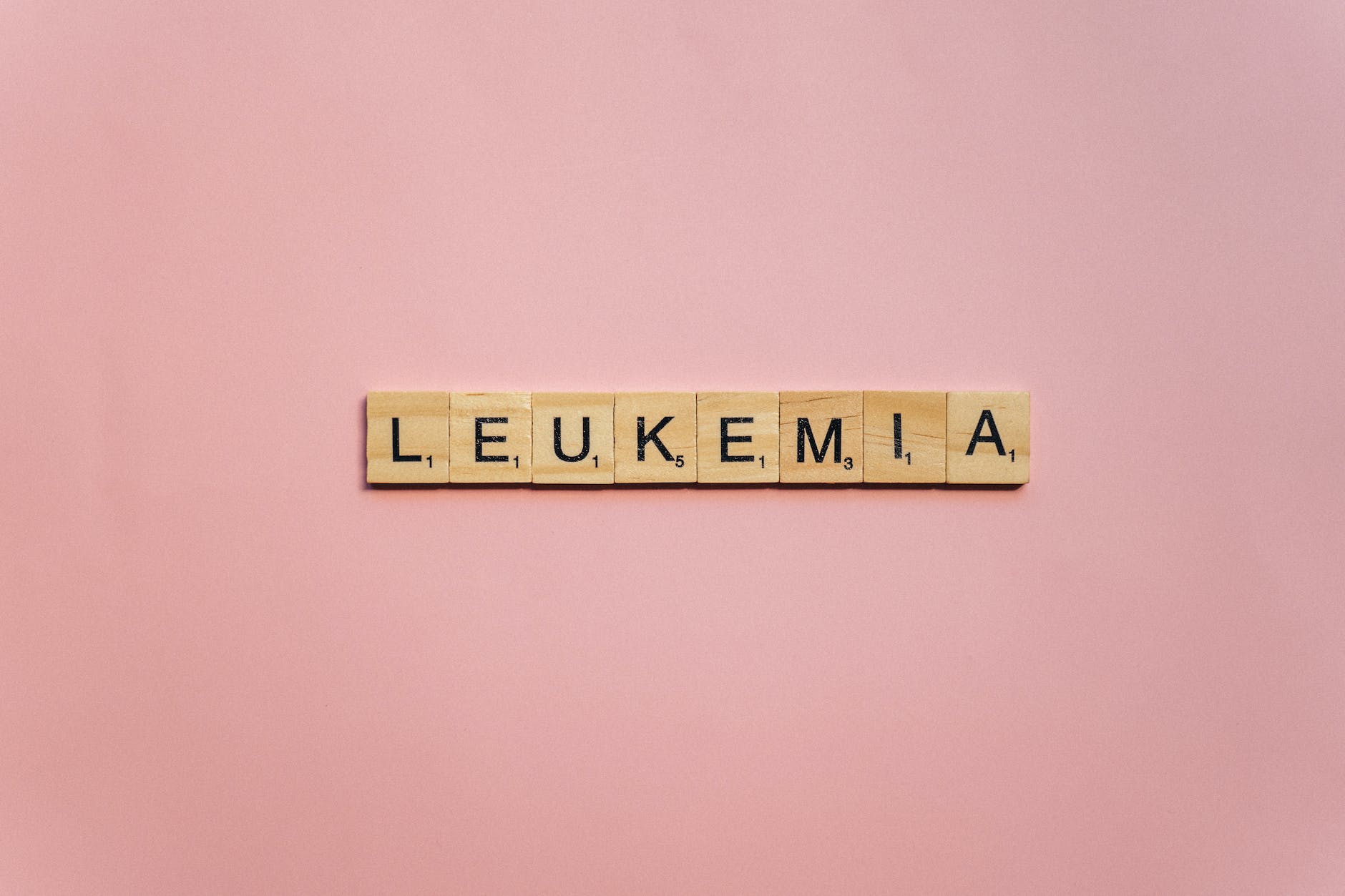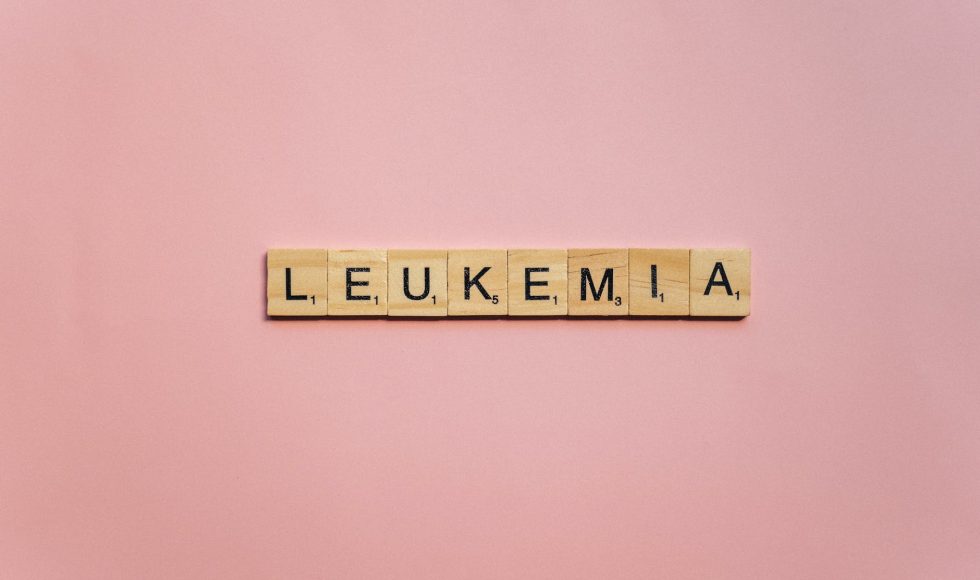Melanie Sagniez from the CHU Sainte-Justine Research Centre in Canada presented on “Rapid leukemia classification using nanopore sequencing” as part of the Nanopore Community Meeting 2022. This ten-minute session described part of their Ph.D. project research. They first spoke about pediatric leukemia and the current diagnostic process. I didn’t realize that the process takes on average over ten days and often multiple laboratories. They found that all the subtypes of leukemia can be detected through sequencing. They focused on acute lymphoblastic leukemia (ALL) and asked: could nanopore sequencing improve NGS-based classifications? This was because most approaches use short-read sequencing. Sagniez used an approach that took RNAseq data for gene-level quantification, then used an ALL classifier and then performed ALL serotype prediction. Sagniez adapted this approach to nanopore sequencing using three approaches, MinION, Flongle, and MinION with direct RNA sequencing! Their first question was: how fast can the classifier predict ALL subtype? The 991 rearrangement was a small percentage of the training dataset for the machine learning, and the classifier did not accurately classify this subtype. In most cases, the leading molecular subtypes were detected. They concluded that “RNAseq can classify ALL molecular subtypes” and “Nanopore sequencing quantifications can be applied to short-read designed classifiers.” I was impressed that with the Flongle-cDNA approach they were able to perform classification with 45,000 reads in one hour. Similarly, MinION cDNA classification used ~15,000 reads and took five minutes, while MinION direct RNA sequencing needed ~120,000 reads and about 2 hours for classification. Sagniez noted that this approach has the potential to speed up diagnosis. They will further improve the classification by using transcript-level quantification and “self-incrementing de novo assembly transcriptomic reference” that I don’t know about and will now search for information. Sagniez noted that they now have access to samples for training sets and improvements to this approach.



